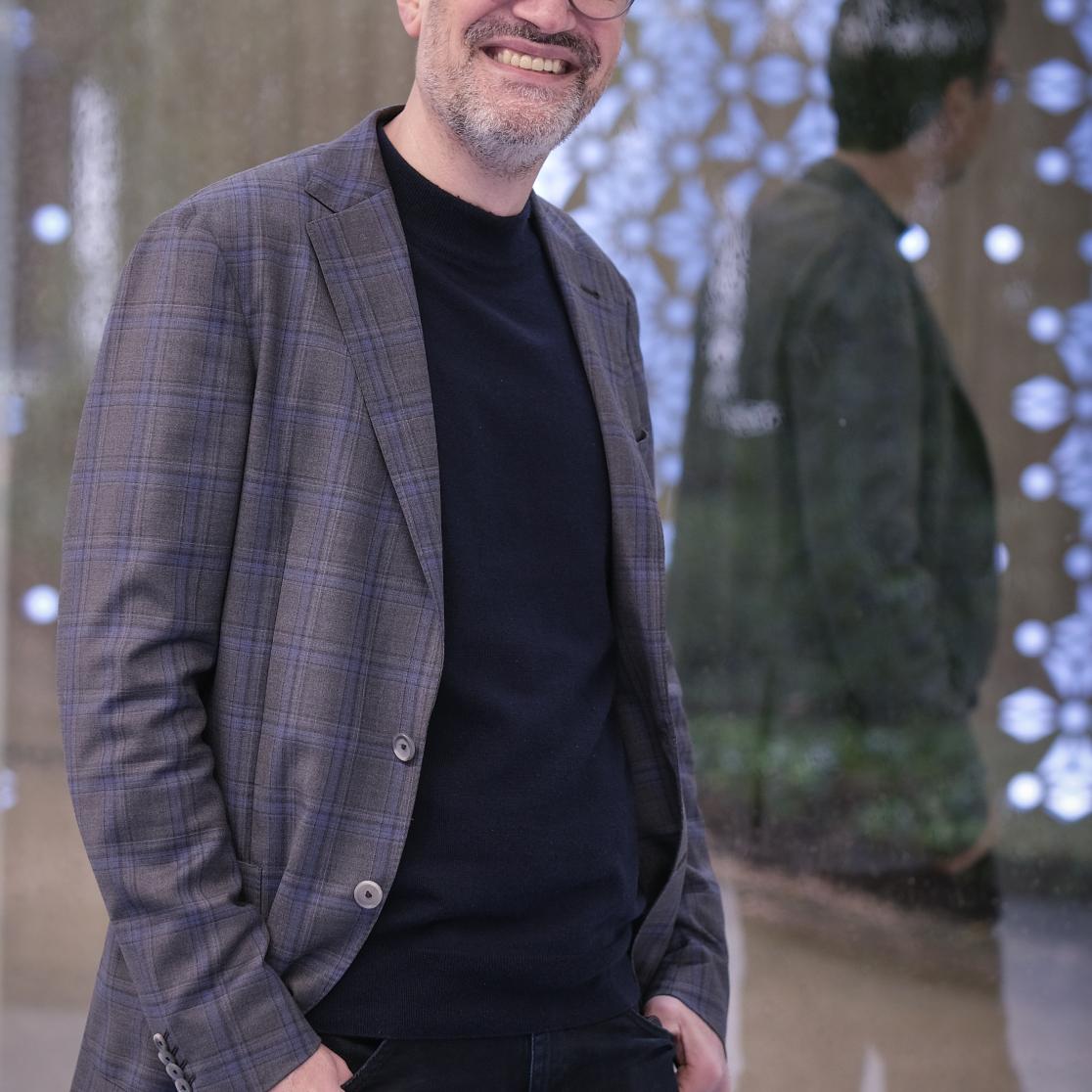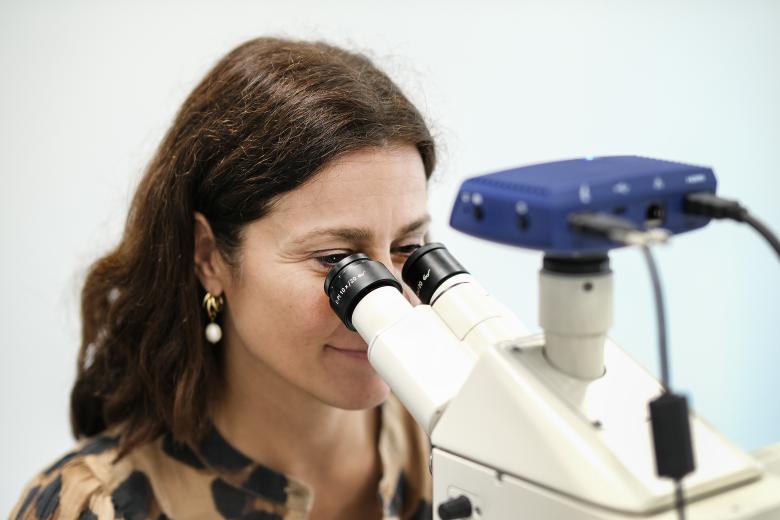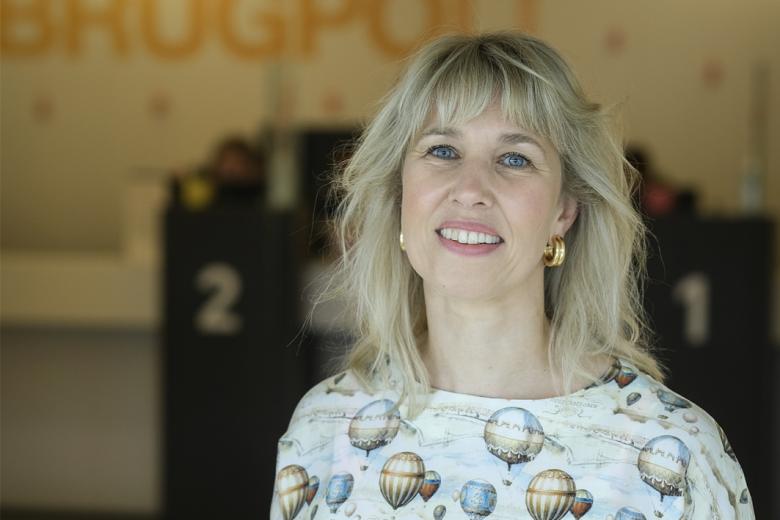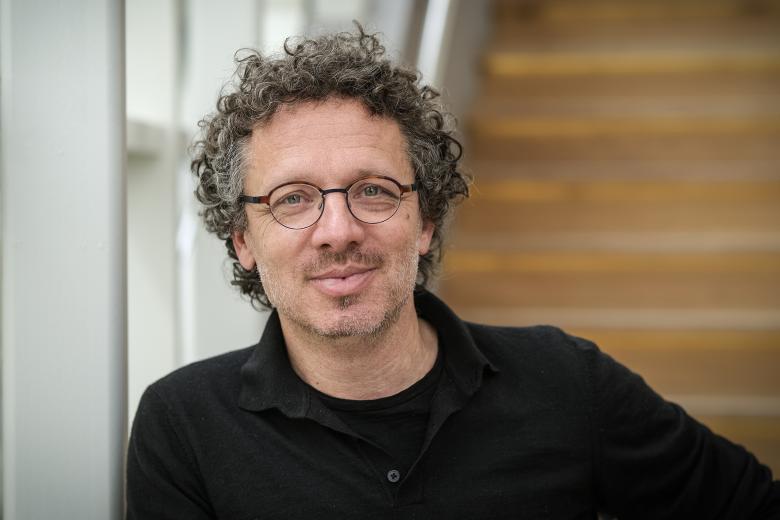Inflammation and thrombosis, reunited at last!
Last November, Rory Koenen delivered his inaugural lecture following his appointment as a professor in 2023 at the research institute CARIM. The chair he holds is "Biochemistry of Vascular Inflammation and Thrombosis," and Rory's research can be best described as the quest to understand the role of inflammatory processes in the development of thrombosis. He does not limit himself to the well-known arterial and venous thrombosis, but also examines micro thrombosis, as Koenen believes that small clots are much more inflammation-related than large blood clots. Therefore, his inaugural speech was titled: "Inflammation and thrombosis, reunited at last!"
Thrombosis
There are two classical main branches within thrombosis: arterial thrombosis and venous thrombosis. "Arterial thrombosis is primarily a lifestyle disease, known to be caused by lack of physical activity, high-fat and unhealthy diet, and smoking," Rory Koenen explains. "This ultimately leads to a pathological thickening of the coronary artery wall, which can then rupture. It is essentially a wound, causing the blood platelets in the body to think, 'we need to seal this,' and they do so neatly by forming a closing plug. However, this simultaneously blocks the rest of the blood flow, leading to a heart attack or stroke."
In the case of venous thrombosis, a blood clot in one of the superficial veins, the risk factors are less clear and not attributable to lifestyle, as is the case with arterial thrombosis. Partly, an increased risk of venous thrombosis can be explained by the use of birth control pills and the hormones introduced into the body through their consumption. Another well-known factor is prolonged sitting in an airplane or bus, which can cause a condition colloquially referred to as a "thrombosis leg." However, these factors explain only a small part of the cases.
Thrombosis in the capillaries
In addition to arterial and venous thrombosis, there is a form of thrombosis in the capillaries, the small blood vessels around the organs, also known as microvascular thrombosis or micro thrombosis. This occurs, among other conditions, in the rare autoimmune disease Thrombotic Thrombocytopenic Purpura, or simply TTP. It is a troublesome condition because classical antithrombotic medications are ineffective against thrombosis in the capillaries, as these medications have an anticoagulant effect specifically designed for larger veins. In the treatment of TTP, doctors resort to less conventional methods to address these small clots in the capillaries, such as blood plasma exchange and immune suppressants.
Inflammation
Since the past decade, there has been a suspicion within the scientific community that, in addition to the previously mentioned risk factors, inflammation-related factors also play a role in the development of thrombosis.
"I naturally found this very exciting, given that I have conducted a lot of research on inflammation at the universities of Munich and Aachen. Now, the two backgrounds I have gained in my studies, thrombosis and inflammation, are coming together for me, and there are not many people who possess this combination of expertise," says Rory Koenen.
He wants to direct his chair titled "Biochemistry of Vascular Inflammation and Thrombosis" towards studying the role of inflammatory processes in thrombosis. During the COVID-19 pandemic, there were remarkably many patients with thrombosis, much more than during an infection with the flu. This connection is also observed in infections such as sepsis, blood poisoning caused by bacteria. Rory finds it extremely interesting to further investigate how inflammation can lead to thrombosis.
Modelling thrombosis
According to Koenen, to capture the role of inflammatory processes, it is crucial to model the three forms of thrombosis effectively.
Rory says, "In my view, large clots, as seen in arterial and venous thrombosis, are partially inflammation-related, but small clots, as in micro thrombosis, are likely much more strongly linked to inflammation. It's important to demonstrate and map this."
During modelling and research, Rory aims to comprehensively cover the inflammatory component for each of the three forms of thrombosis. They are currently fairly successful in modelling arterial thrombosis using so-called "flow chambers" and to a lesser extent, the venous variant. However, he also wants to collaborate with other colleagues to attempt to incorporate microvascular thrombosis into a model system. The latter, however, proves to be challenging because the model needs to encompass various components of the immune, vascular, and clotting systems.
Once a well-developed model is established in the future that accurately represents thrombosis in the capillaries and precisely maps out how it occurs, the development of a medication targeting these small clots in the blood vessels around the organs can begin. This could pave the way for a more effective treatment method for micro thrombosis focused on anticoagulation.
Impact of the research
According to Rory Koenen, in the diagnosis and treatment of thrombosis, traditionally, only one system in the body is considered: the blood. Thrombosis has been viewed for a century as a blood obstruction. However, the other common factor in various forms of thrombosis, namely inflammatory processes, has been largely overlooked.
"Inflammation and clotting are much more intertwined than we think. In diagnostics, much more attention should be given to specific biomarkers of inflammation and what they can teach us about the thrombotic patient," says Rory.
He hopes that in the future, partly through his research, physicians will not rely solely on the classical method when dealing with conditions like thrombosis. Instead, he envisions exploring new avenues by also examining inflammatory markers in the diagnostic process.

Future Prospects
Currently, it is still impossible, especially with venous thrombosis, to predict which individuals will develop this condition and who will not, at least for those in whom it is not genetically determined. Identifying specific risk groups is also not straightforward, apart from patients with certain forms of cancer. Of course, data is available from patients who already have or have had venous thrombosis.
Rory says, "It is my dream to use this patient data to establish one or more prognostic markers so that it will be possible in the future, or at least better possible, to make this prediction."
He hopes to inspire academics and patients to have a different perspective and to continue challenging science by not simply accepting what has been in medical textbooks for years. "You always have to keep in mind that things in the medical world are the way they are now, but in about 15 years, it could be different."
Text: Tonita Perea y Monsuwé
Photos: Joey Roberts
Also read
-
Fresh air
Newly appointed professor Judith Sluimer (CARIM) talks about oxygen in heart functioning and the 'fresh air' the academic world needs.
-
Huntington’s is a disease you don't carry alone
Mayke Oosterloo is a movement disorders neurologist at Maastricht UMC+ and a researcher at the MHeNs institute of Maastricht University. In the outpatient clinic and various nursing homes in Limburg, she guides and treats patients (and their loved ones) with Huntington's disease.
-
Trauma-Free Care for Sick Children
Drawing blood, inserting an IV, or looking into the ear; even seemingly simple medical procedures can cause anxiety, pain, and stress in children. According to pediatric intensivist Piet Leroy, comfort and trust are just as important as the medical treatment itself. Therefore, he is researching how...